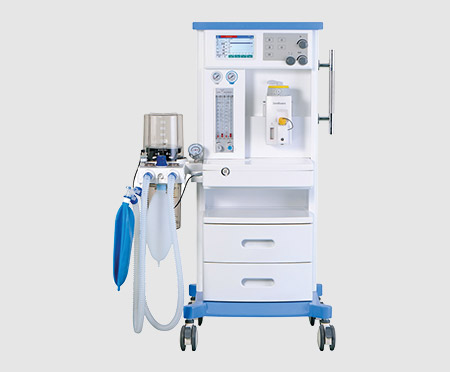The field of anaesthesia has witnessed remarkable advancements in recent years, driven by cutting-edge technologies and innovative approaches to patient care. As a cornerstone of surgical procedures, anaesthesia delivery plays a pivotal role in ensuring patient safety and optimal outcomes. In this blog, we delve into the latest innovations in anaesthesia delivery, exploring how these advancements are advancing precision, patient safety, and overall perioperative care.
1. Target-Controlled Infusion (TCI) Systems: Target-Controlled Infusion (TCI) systems represent a revolutionary approach to anaesthesia delivery. TCI systems use pharmacokinetic models to precisely calculate and administer anaesthetic agents based on patient characteristics, leading to individualized dosing tailored to each patient’s specific needs. This level of precision optimizes the depth of anaesthesia and minimizes the risk of over-sedation, enhancing patient safety.
2. Closed-Loop Anaesthesia Systems: Closed-loop anaesthesia systems employ artificial intelligence and feedback mechanisms to continuously monitor patient vital signs and adjust anaesthetic delivery in real-time. These systems offer automated control of anaesthetic agents, maintaining stable anaesthesia levels throughout the surgery. Closed-loop systems reduce the need for manual adjustments and provide consistent and personalized care.
3. Video Laryngoscopes: Video laryngoscopes have transformed airway management during intubation procedures. Equipped with a camera, video laryngoscopes provide clear visualization of the airway, improving intubation success rates and reducing the risk of complications. This innovation enhances patient safety and ensures efficient airway control.
4. Wireless Patient Monitoring: Wireless patient monitoring systems allow anaesthesiologists to remotely monitor patient vital signs during surgery. These portable devices transmit real-time data to a central monitoring station, providing constant updates on patient status. Wireless monitoring enhances mobility and allows anaesthesiologists to closely observe patients from multiple locations, promoting proactive interventions.
5. High-Flow Nasal Oxygen Therapy: High-flow nasal oxygen therapy has gained popularity as a non-invasive alternative to traditional oxygen delivery methods. This innovative therapy provides high-flow, heated, and humidified oxygen, supporting patient comfort and reducing the need for more invasive interventions. High-flow nasal oxygen therapy benefits patients with respiratory conditions and enhances post-operative recovery.
6. Ultrasound-Guided Regional Anaesthesia: Ultrasound-guided regional anaesthesia has revolutionized pain management during and after surgery. This technique allows anaesthesiologists to visualize nerves and guide the precise placement of anaesthetic agents, resulting in improved block success rates and superior pain control, while minimizing the risk of complications.
Conclusion: Innovations in anaesthesia delivery represent a paradigm shift in perioperative care, revolutionizing how anaesthesia is administered and managed. From TCI systems and closed-loop technology to video laryngoscopes and wireless monitoring, these advancements enhance precision, patient safety, and overall perioperative outcomes. Embracing these innovations, anaesthesia professionals continue to raise the standards of patient care and surgical excellence.
At Sciology, we are committed to staying at the forefront of anaesthesia innovation. As a provider of advanced anaesthesia solutions, we continuously integrate cutting-edge technologies to empower healthcare professionals and elevate patient care to new heights.



